Improving Sustainability efforts with Environmental Labels
“How can I tell if a product is more sustainable than another when I don’t have access to a full LCA report?”
Environmental Labelling can be a great option to highlight sustainability features of products and differentiate between product choices. However, not all eco-labels have the same scope and credibility. Our guide aims to help you develop the skill of recognizing and consulting environmental labels to make informed purchasing decisions.
Information on the different environmental labels
| Types of labels (Definitions) |
Type I (Multi-criteria eco-labels, 3rd-party label) |
Semi-Type I (Single-criterion certifications, 3rd-party label) |
Type II (Environmental claims by manufacturers) |
Type III (Environmental Product Declarations) |
|
Criteria Which sustainability attributes of the product are highlighted? |
|
|
|
|
| Uses of labels | Eco-label on products indicate which specific environmental standards are fulfilled | Eco-label indicates certain sustainability elements of a product, focused on only one life cycle process/stage | Self-designed label by manufacturers to highlight their sustainability efforts; Greenwashing can be an issue here! Good Type II labels should provide plenty of evidence what criteria the product fulfills | Verified LCA-backed results for a product; Format: report rather than a label |
| Reliability indication |
Image
 |
Image
 |
Image
 |
Image
 |
|
Reliability consideration How confident can we be of the label's sustainability claims? Do they conform to ISO standards which indicate definitions, guidelines and methods of labelling which are internationally agreed and harmonized) |
Awarded by independent 3rd-parties and conforming to ISO standard 14024 | Awarded by independent 3rd-parties, in line with ISO standard 14024, yet less coverage than Type I labels | Self-declared by the manufacturer, yet, good labels conform to ISO standard 14021, by giving accurate, non-misleading details about the environmental or social benefits and don’t hide potential tradeoffs | Verified by independent third-party and conforming to ISO standards 14025 |
| Examples |
Image
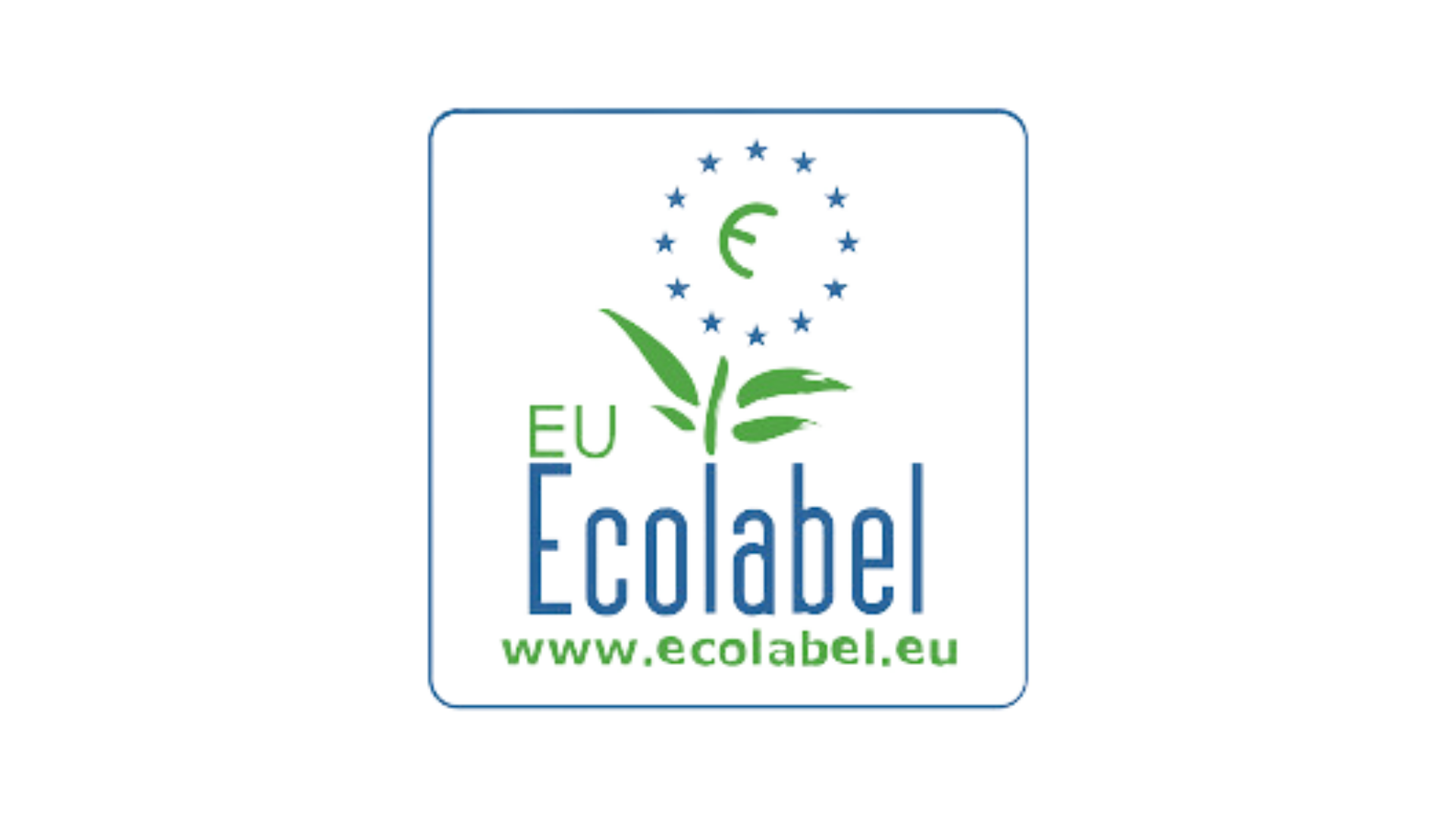 Image
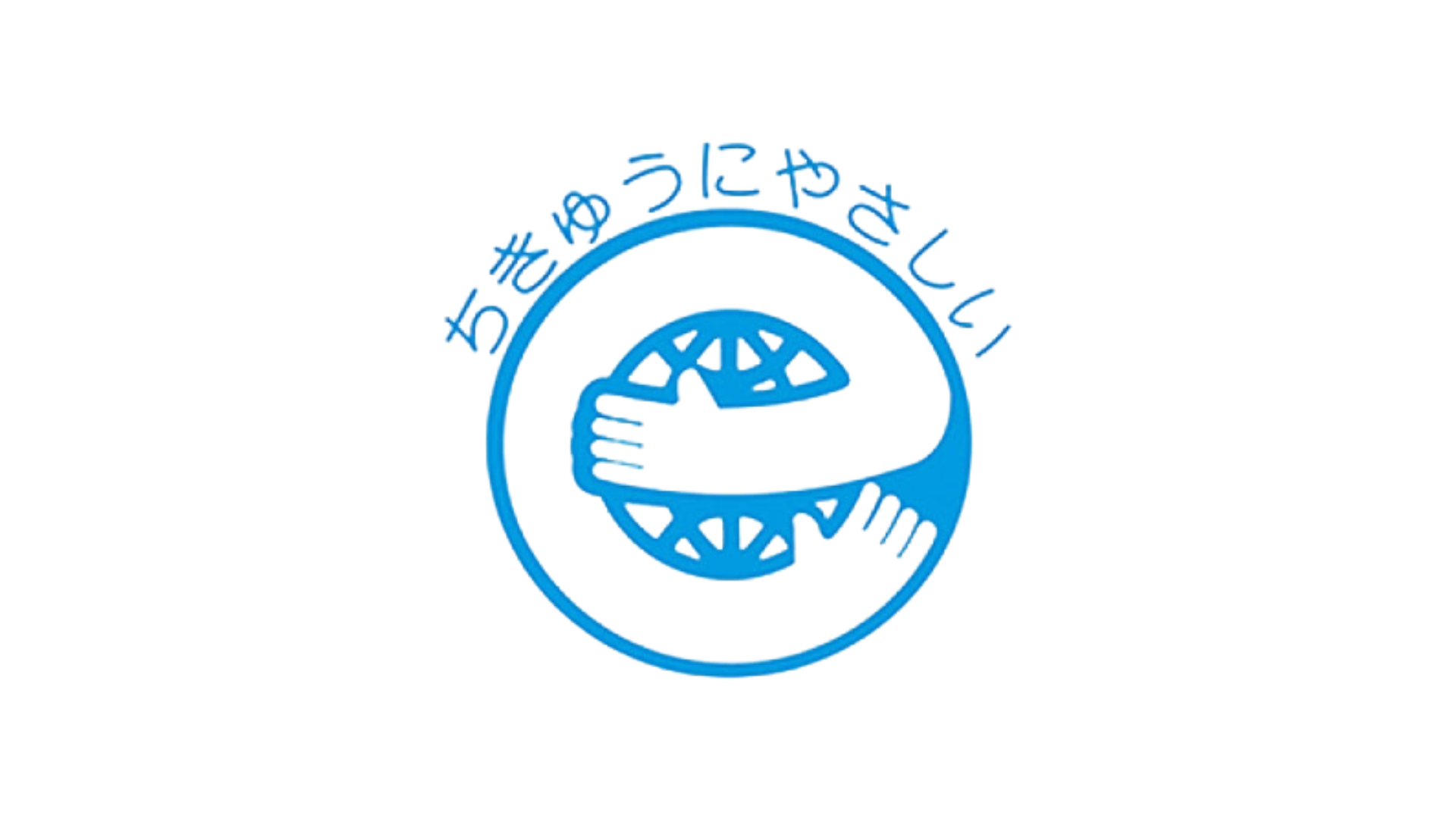 Image
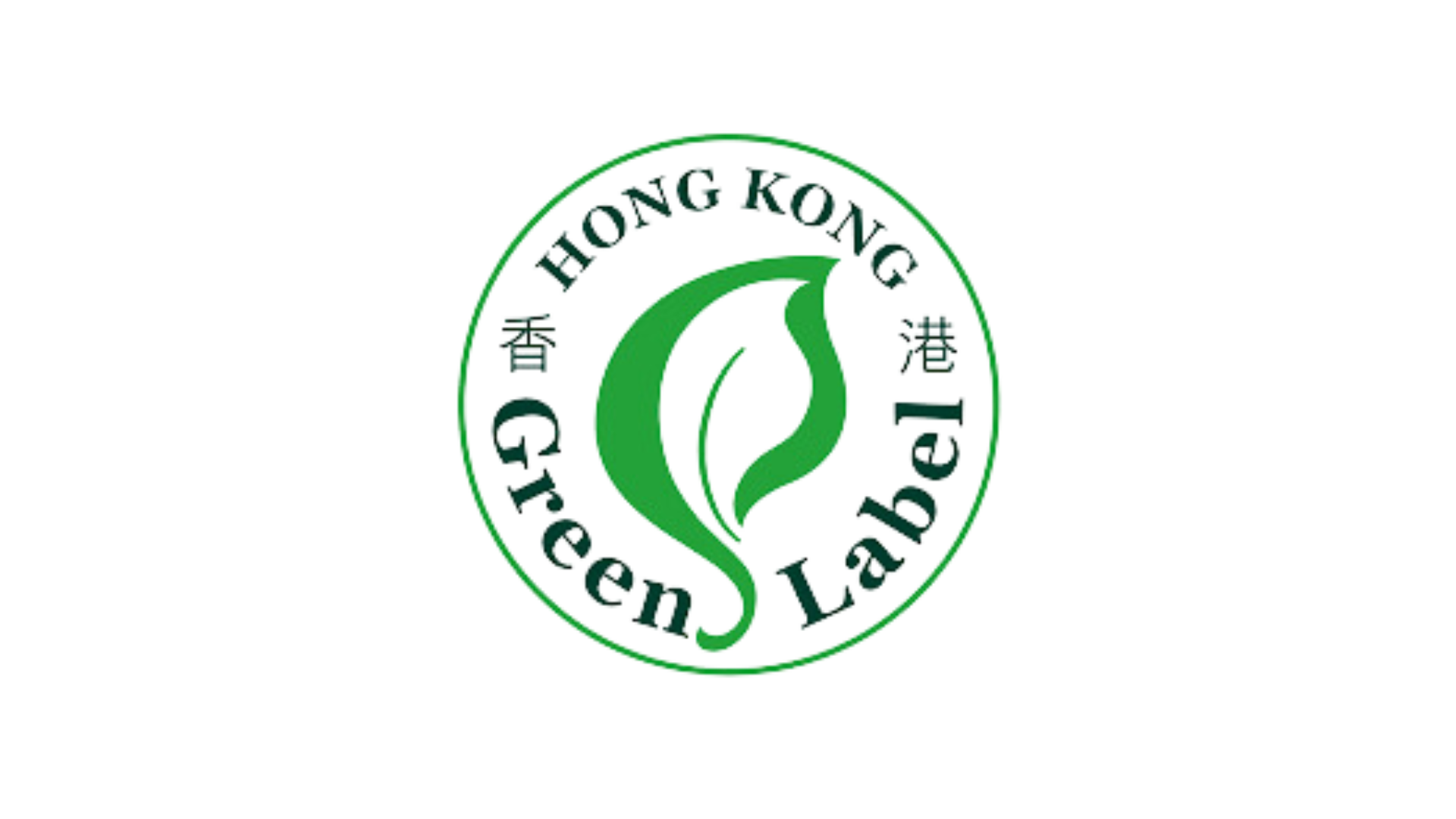 Image
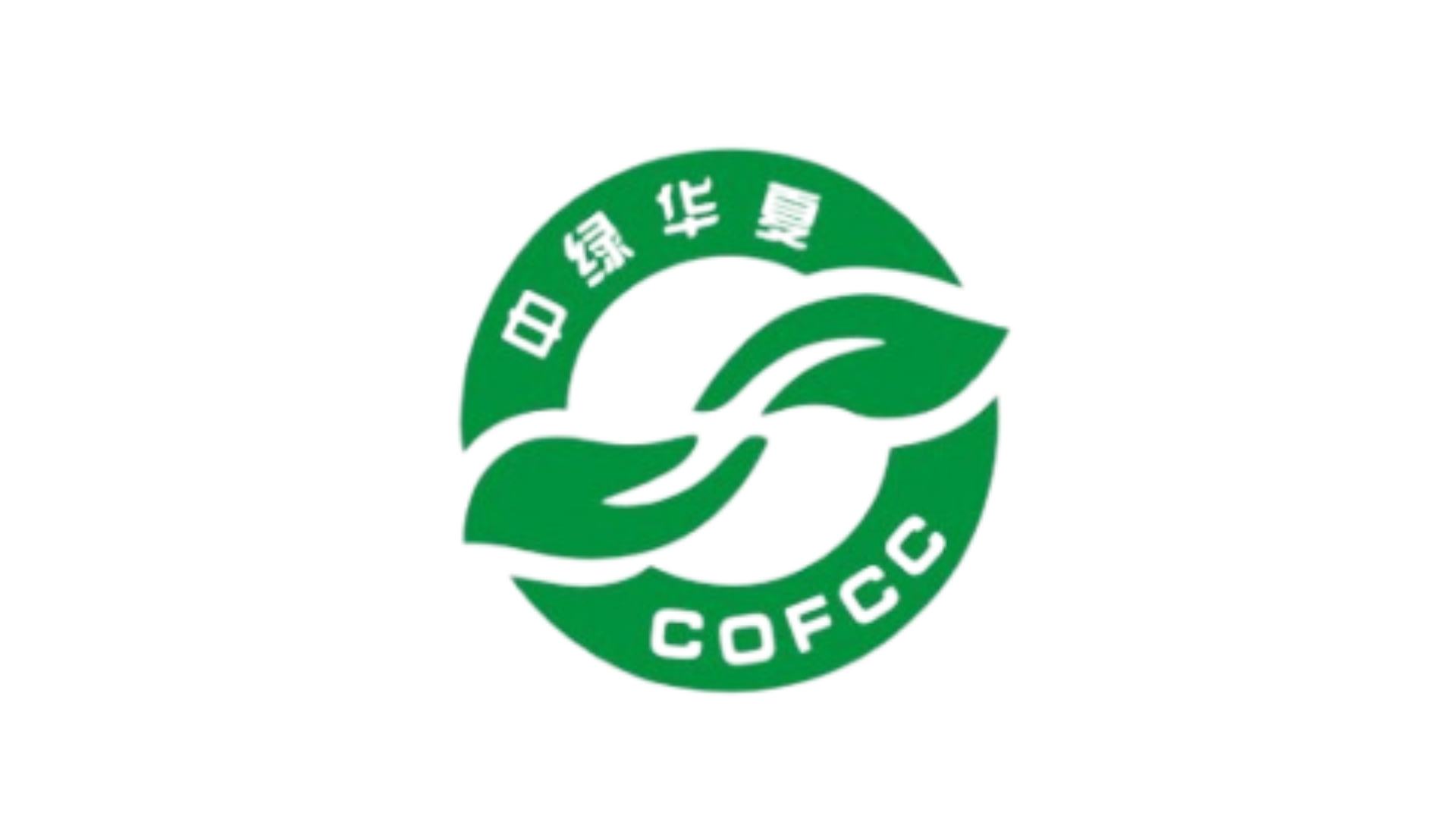
Image
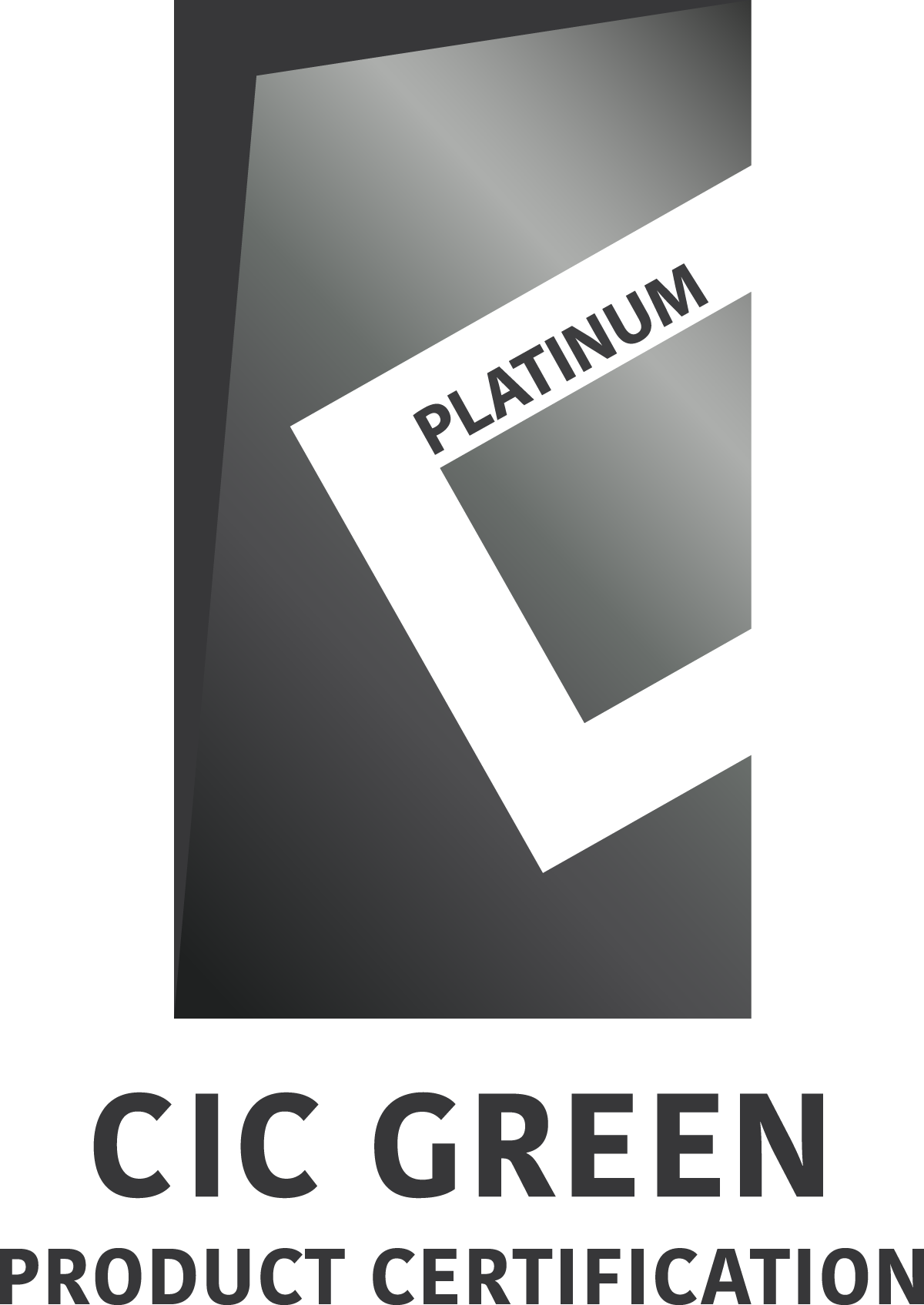 |
Image
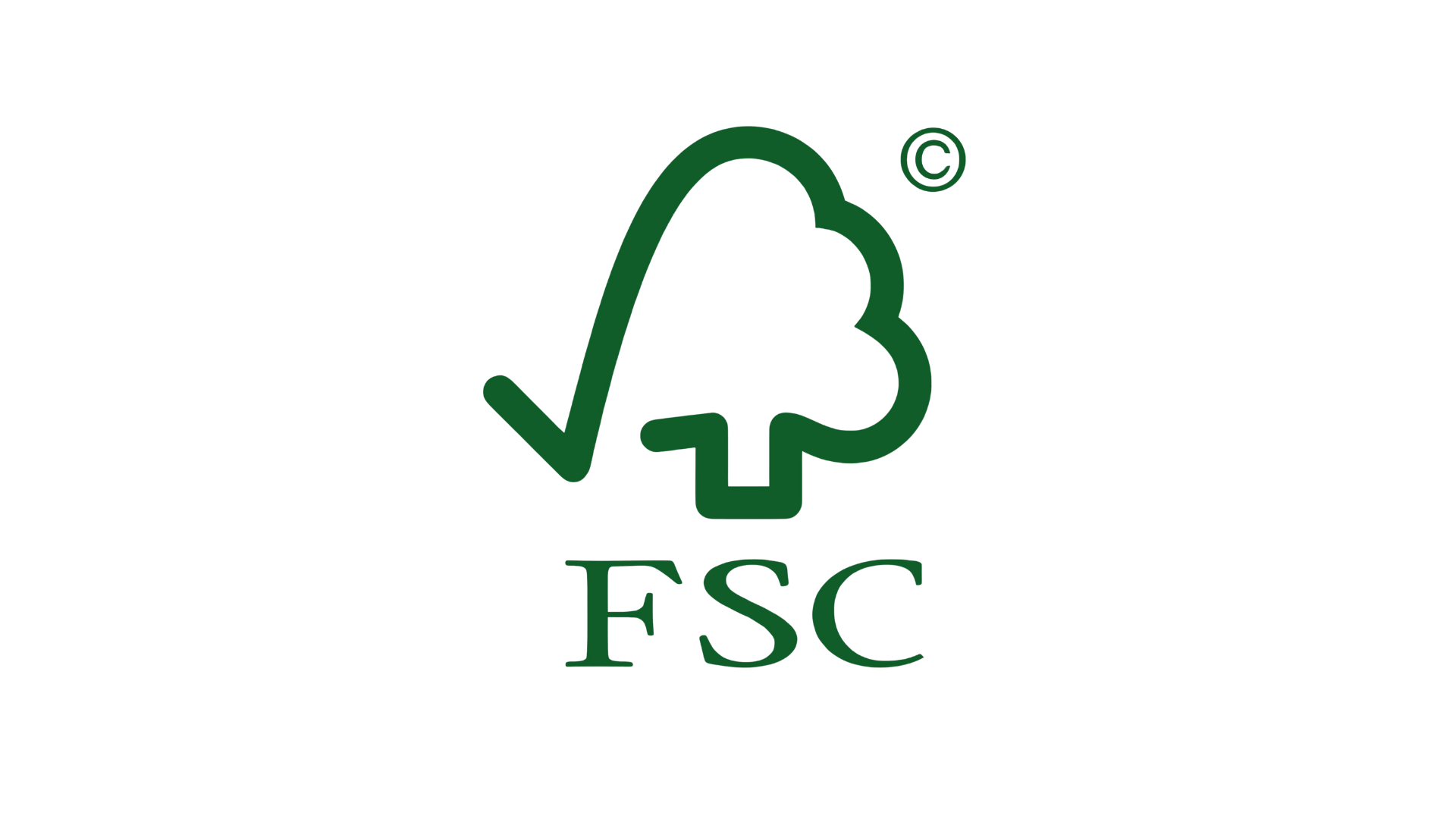 Image
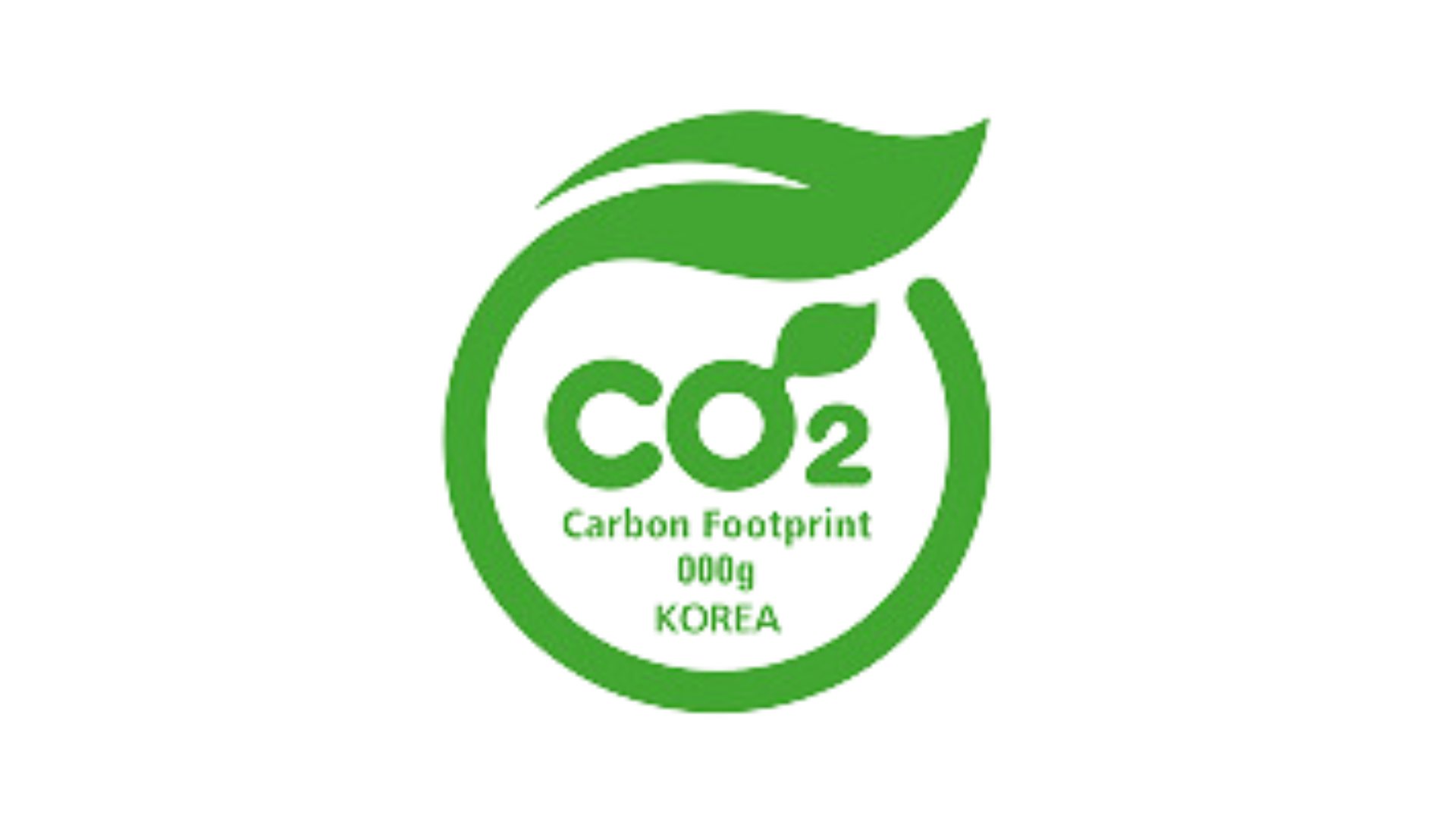 Carbon Footprint International (Republic of Korea)
Image
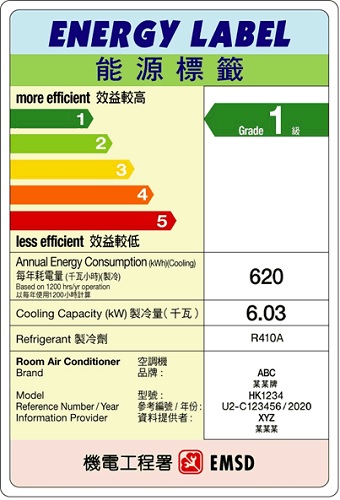 |
Image
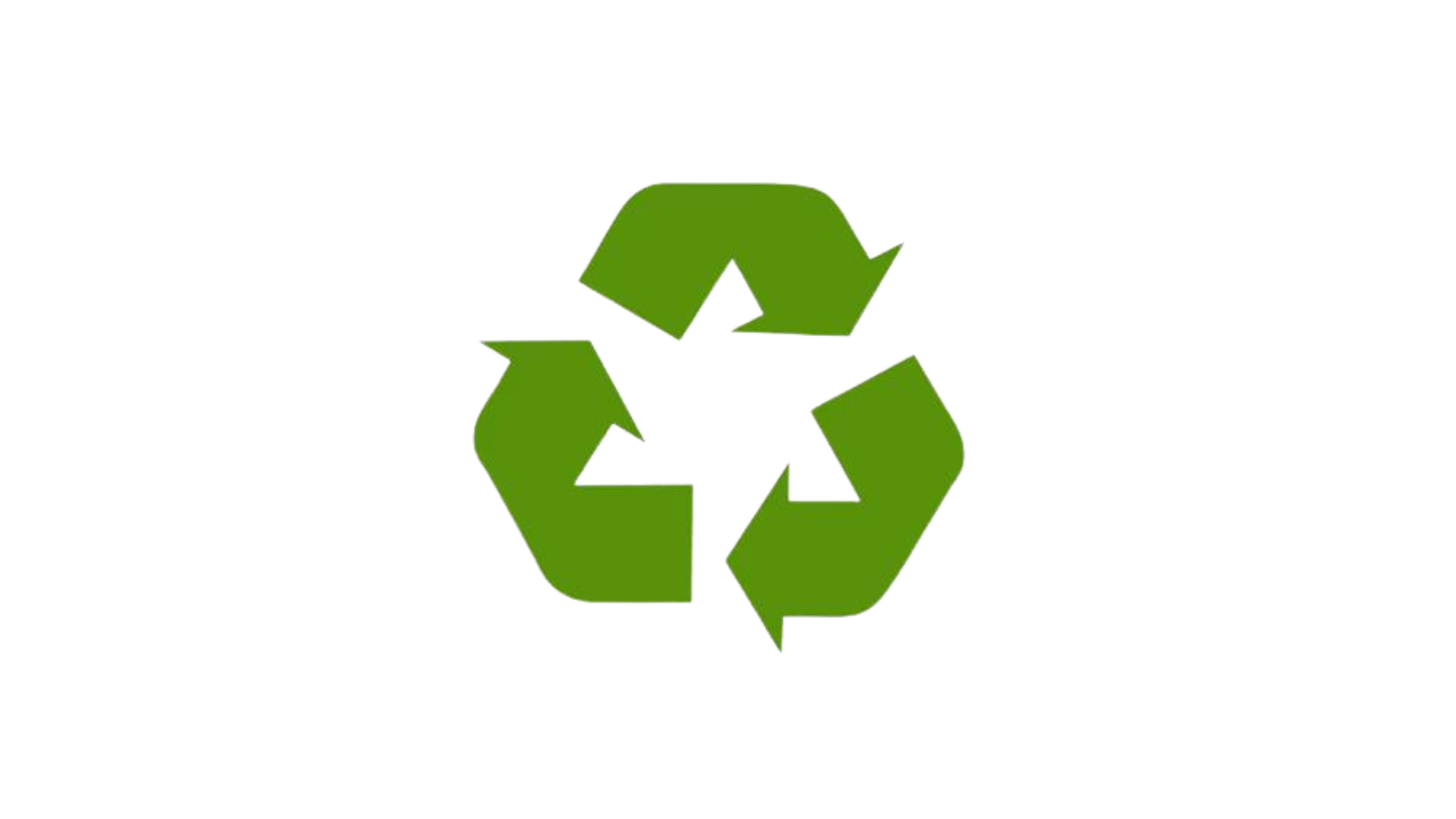 Image
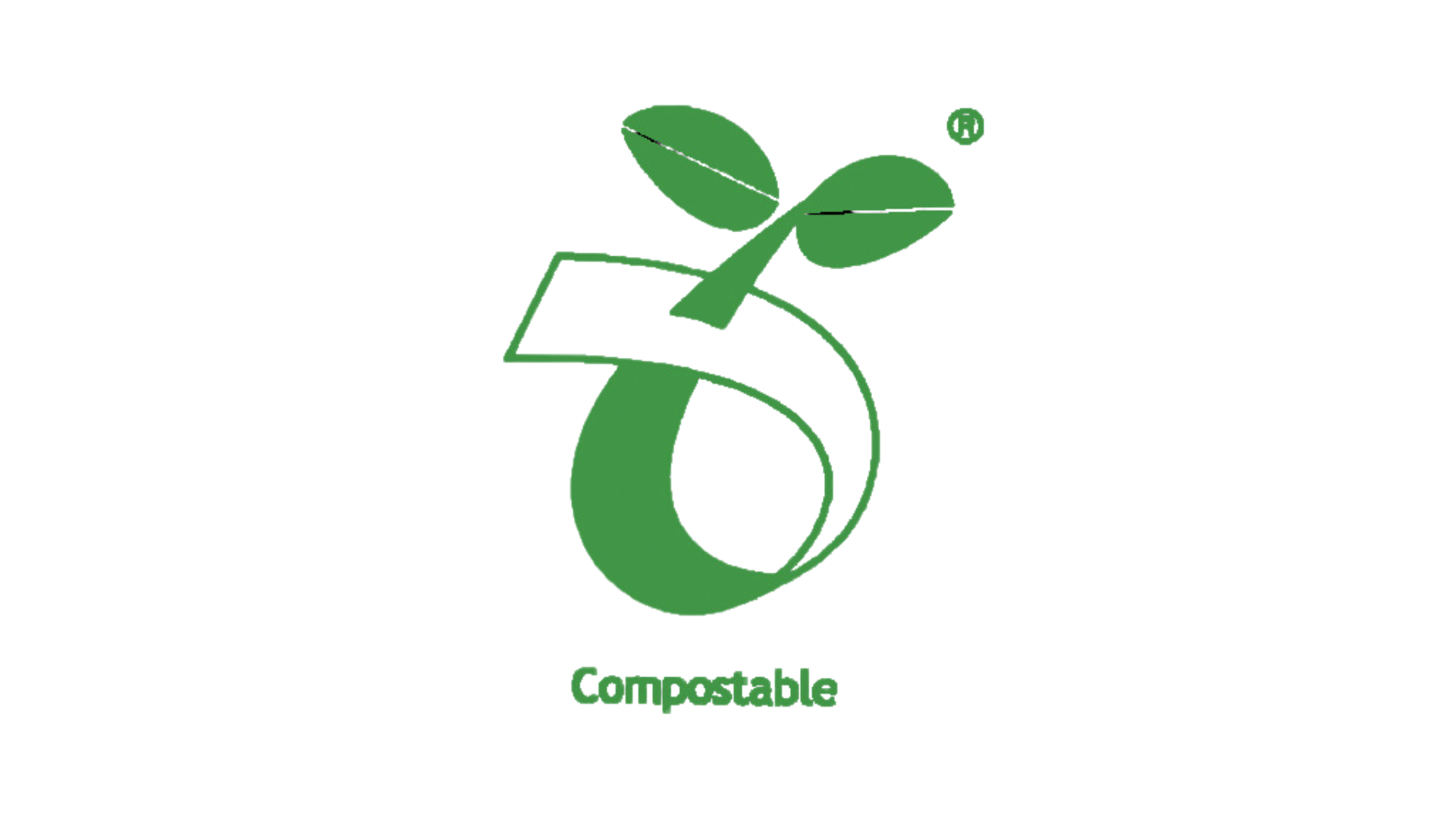 Image

|
Image
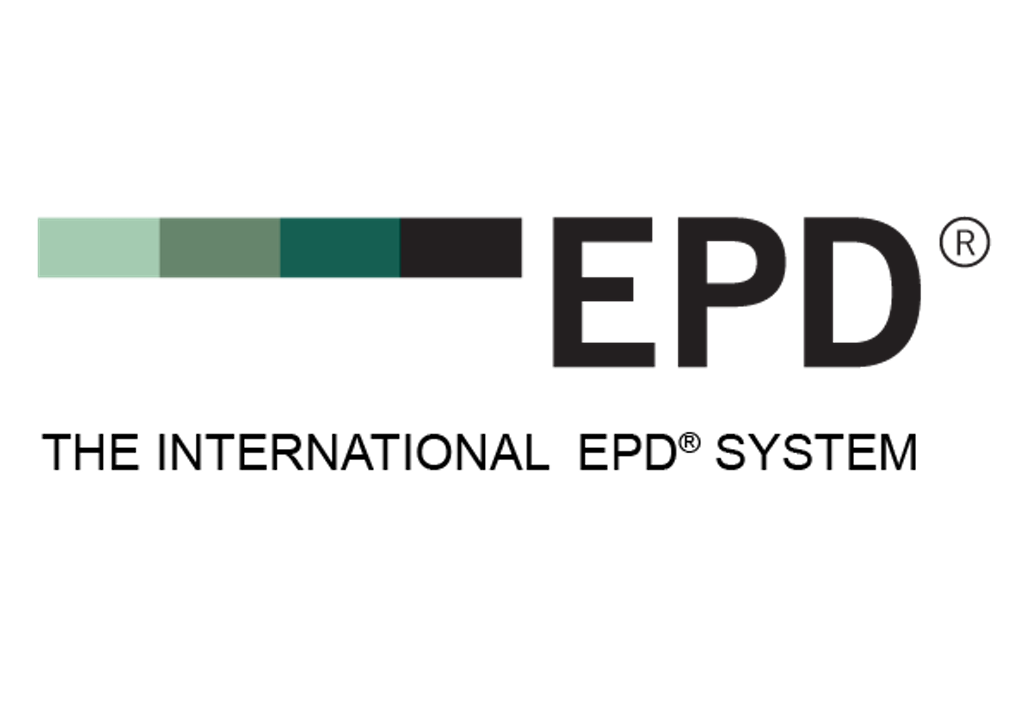 Image
 |

Although there are no products that come without impacting the environment, eco-labelled products indicate the efforts made by producers to address important environmental and/or social hotspots. While Type I labels can be easily verified (Ecolabel Index) and criteria can be found on the websites of the certifying 3rd party, Type II labels and claims are less reliable and not seldom on the brink to greenwashing. However, a quick Google search and a critical eye on whether the claim is relevant, specific and verifiable can help to avoid greenwashing traps and identify if the 'green' claims made by the manufacturer stands for a genuine effort towards product sustainability.
Reference:
1 Global Ecolabelling Network (2024)
2 UNEP (2024) https://www.unep.org/explore-topics/resource-efficiency/what-we-do/responsible-industry/eco-labelling
3 ECOSIGN Consortium (2018) ''Basic concepts on Ecodesign''
4 ISO (2019) ''Environmental Labels''
5 Institut Bauen und Umwelt e.V. (2020-2024) https://ibu-epd.com/en/eco-labels/
6 Ecolabel Index: https://www.ecolabelindex.com/